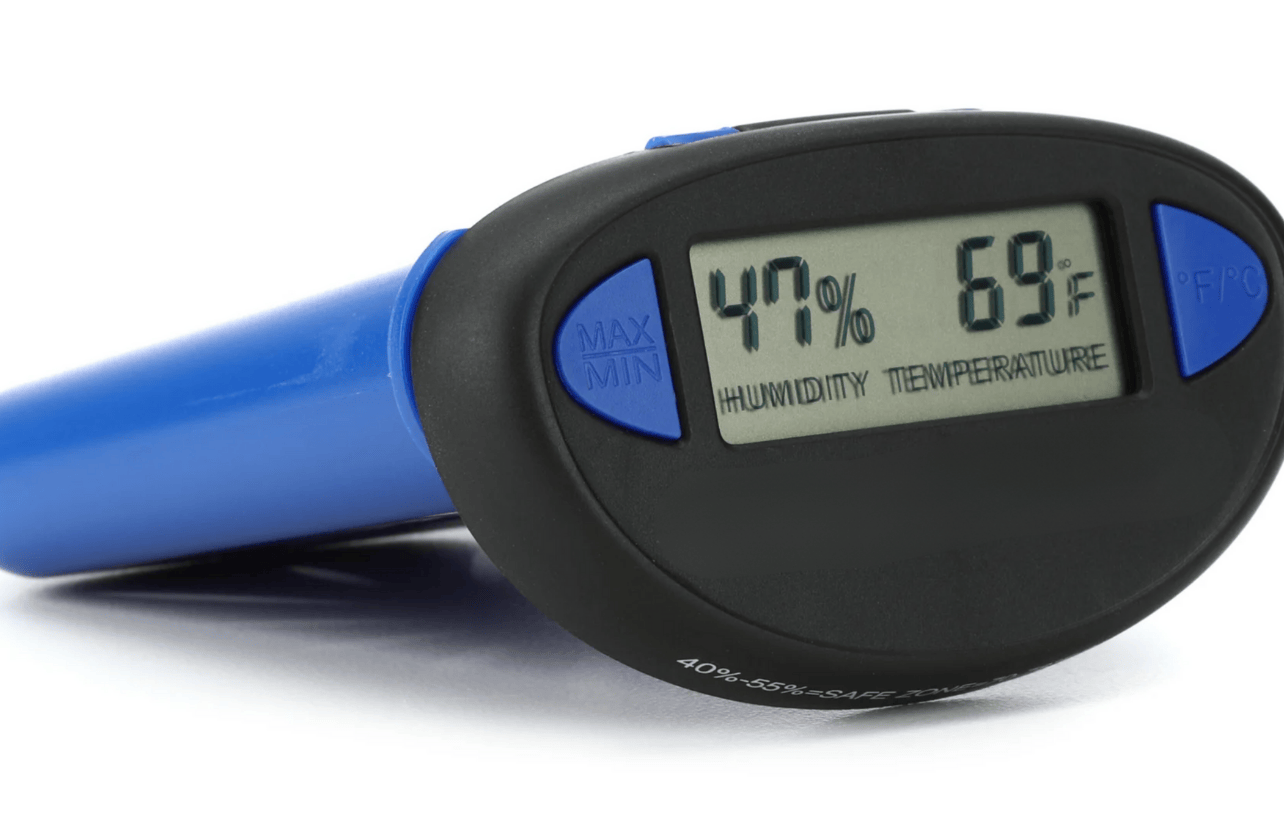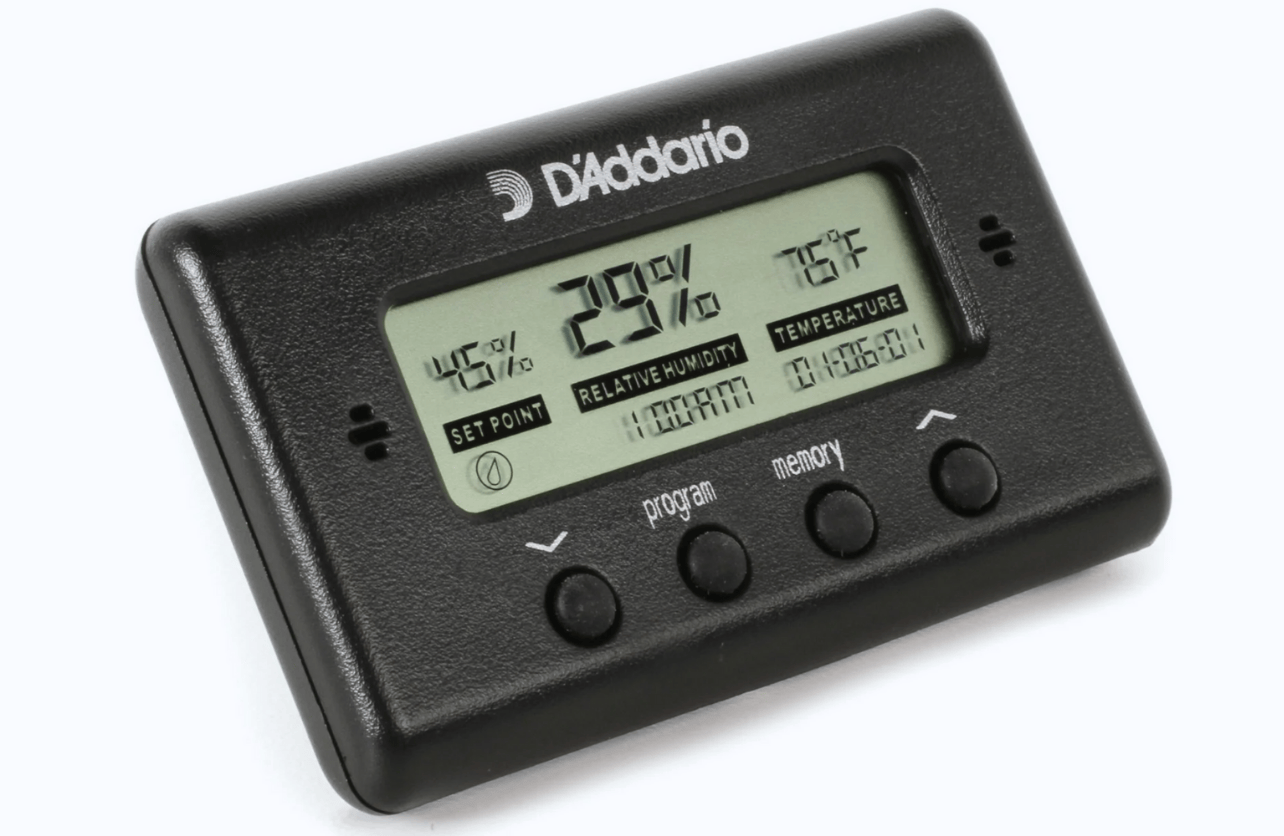Do You Need a Humidifier or Dehumidifier for Your Guitar?

If you care about keeping your guitar in prime playing condition, understanding how humidity affects your instrument is crucial. Whether you need a humidifier, a dehumidifier, or both depends entirely on the climate you live in and how stable your indoor environment is. Let’s break down when and why you might need either device and how they help maintain your guitar’s integrity over time.
Why Humidity Matters for Guitars
Most guitars, particularly those made of solid wood, are sensitive to changes in humidity. Wood is a naturally porous material that expands and contracts based on moisture levels in the air. Too much or too little humidity can cause noticeable—and potentially irreversible—damage to your instrument.
Here’s what happens under different humidity conditions:
- Low Humidity (Below 40% RH): Dry air can cause the wood to lose moisture, leading to shrinkage. This often results in cracks in the body or neck, fret sprout (where fret ends stick out), and lowered action due to neck warping.
- High Humidity (Above 60% RH): Excess moisture causes the wood to swell, increasing string action, dulling tone, and in extreme cases, causing glue joints to loosen or separate.
The sweet spot for most guitars lies between 40% and 50% relative humidity (RH). Staying within this range keeps the wood stable and prevents unnecessary wear.
When You Need a Humidifier

If you live in a dry climate—think desert regions or areas that experience cold winters with central heating—you’ll likely need a humidifier. Indoor heating systems tend to zap moisture out of the air, making the environment too dry for your guitar.
Options include:
- Room Humidifiers: Ideal if you store multiple guitars in one room. They regulate the humidity of the entire space.
- Case Humidifiers: Perfect if you want to control conditions inside your guitar case specifically. They offer a localized solution, ensuring your guitar remains safe even if the room’s humidity fluctuates.
Be sure to monitor humidity levels using a hygrometer, and refill humidifiers regularly to maintain consistent moisture.
When You Need a Dehumidifier
Living in a humid area—such as coastal regions or tropical climates—means dealing with excess moisture. In these conditions, a dehumidifier is your best friend. Too much humidity can cause your guitar to swell, affecting tone and playability.
Options include:
- Room Dehumidifiers: These remove moisture from larger spaces, ideal for studios or rooms housing multiple instruments.
Again, a hygrometer will help you track whether your efforts are keeping humidity levels in check.
Signs Your Guitar’s Humidity Is Off
Keep an eye out for these symptoms:
- Too Dry: Visible cracks, sharp fret ends, lower string action, or a noticeable change in tone.
- Too Humid: High string action, swollen wood, glue joint separation, and an overall muffled sound.
Preventing these issues is far easier than fixing them later.
Final Thoughts
Whether you need a humidifier or dehumidifier for your guitar depends entirely on your environment. The key is maintaining a stable relative humidity between 40% and 50%. By monitoring conditions with a hygrometer and using the right equipment when necessary, you’ll extend your guitar’s life and ensure it plays beautifully for years to come.
Your Trust, Our Core Commitment
At Rising Tech, earning and maintaining your trust is the cornerstone of our mission. We're dedicated to transparency, impartiality, and the relentless pursuit of truth in every article, review, and recommendation we publish. Our commitment to these principles ensures that you, our valued reader, are always equipped with reliable and unbiased information. Let us be your trusted guide in the ever-evolving world of technology.